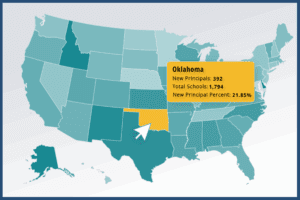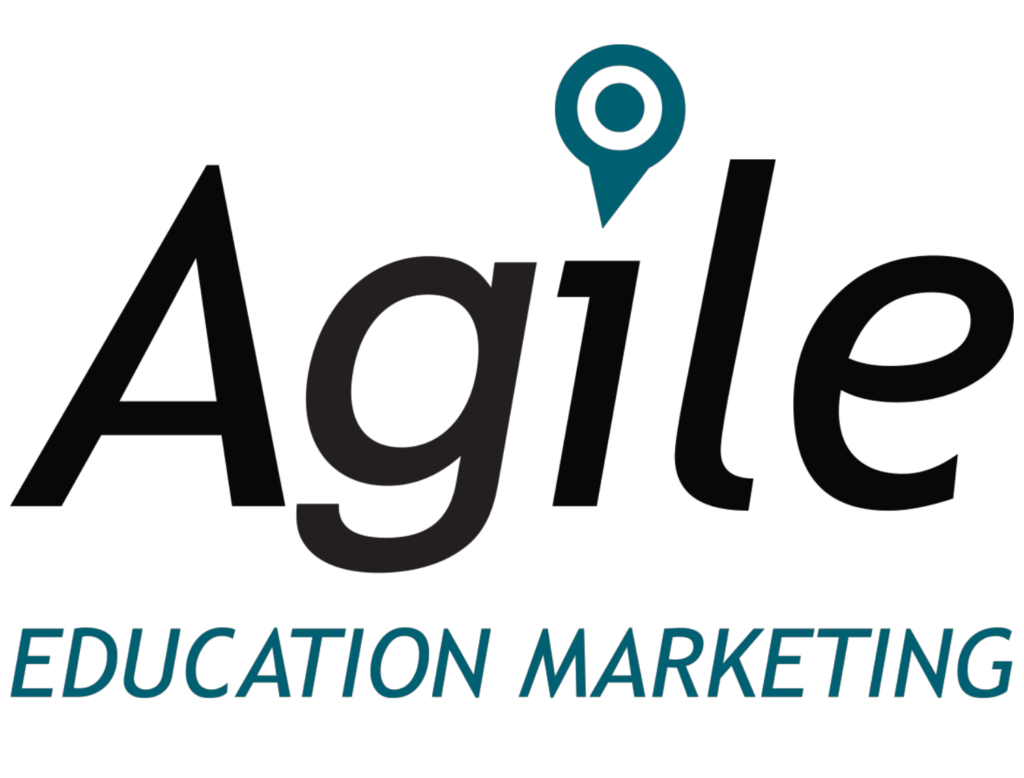Education is changing fast—and it’s not slowing down. New technologies, shifting policies, and evolving learning models are transforming the way students learn and schools operate. For education solution providers, keeping up with these shifts is key to making a real impact.
The right strategies can help you stay ahead of the curve and meet the needs of today’s schools and districts. We’re breaking down some of the biggest shifts happening in education today and how you can adapt, connect, and thrive.
Navigating Education’s Changing Landscape
Educational change is happening across the sector, and it’s impacting everyone involved. While families have more schooling options than ever, including private schools, homeschooling, and charter schools, traditional public schools still serve the majority of U.S. students—about 83% according to Pew Research Center. However, growing dissatisfaction with public education funding, curriculum debates, and school safety concerns is fueling the rise in alternative education models.
Meanwhile, several major policy shifts are underway. The new administration has eliminated diversity, equity, and inclusion (DEI) initiatives at the U.S. Department of Education, with a plan in motion to dismantle the department itself. This act would move federal student loan management and programs for students with disabilities to other agencies. At the same time, issues like chronic teacher shortages, widening achievement gaps, and calls for more workforce-aligned learning are intensifying pressure on the system.
While Education Data Initiative reveals that federal funding only makes up roughly 14% of public education budgets, these changes could ripple across the entire education sector—affecting everything from staffing and support services to technology investments and student outcomes. Schools, districts, and solution providers alike will need to stay alert and ready to adapt as these shifts continue to shape the future of education.
What To Expect in Education in 2025
Amid ongoing policy shifts and educational change, several key trends are poised to shape 2025 and beyond. Here’s a closer look at what education solution providers should keep on their radar:
The Rise of AI and Online Learning
HolonIQ projects that global digital spending in education will reach $404 billion this year, driven by increased investments in digital infrastructure and the long-term shift toward new digital learning models. Artificial intelligence (AI) is playing a major role in this transformation, quickly becoming a cornerstone of education by helping schools:
- Personalize learning experiences
- Automate administrative tasks
- Boost student engagement
At the same time, virtual reality (VR) and augmented reality (AR) technologies are making lessons more immersive, allowing students to explore everything from historical sites to molecular structures firsthand. Solution providers that integrate these tools effectively will be well-positioned to meet growing demand.
Competency-Based and Personalized Learning
With a tight labor market and growing support for skills-first hiring, more employers are easing formal education requirements. In response, schools are moving away from rigid grade levels and adopting competency-based progressions and digital credentials. This approach allows students to showcase their skills and learning achievements in real time, rather than relying solely on time spent in classrooms.
As traditional degrees continue to evolve, education providers must prioritize flexible, verifiable learning experiences to stay aligned with these changing expectations.
Expansion of STEM and Experiential-Based Learning
The U.S. Bureau of Labor Statistics projects a 10.8% growth in STEM jobs in STEM jobs between 2023 and 2033, outpacing most other fields. As demand rises, STEM education is becoming an even greater priority for both schools and employers. Hands-on, project-based student learning is gaining traction as a result, emphasizing collaboration, problem-solving, and real-world application.
This means education providers can expect stronger partnerships between schools and tech industries, aimed at better preparing students for the careers of tomorrow.
Increased Accountability and Data-Driven Decision Making
With growing access to student data, schools are using analytics to track performance, personalize instruction, and drive better outcomes. New policies are also pushing for greater transparency around school performance and spending. Providers that offer data-informed solutions—and help schools meet these new reporting requirements—will have a major advantage.
Growing Focus on Digital Literacy and Cybersecurity
As students spend more time online, digital literacy is quickly becoming a core skill. At the same time, schools are ramping up efforts to protect sensitive student data, especially as the U.S. Department of Education reports that school districts nationwide face an average of five cyber incidents each week.
In response, districts are tightening cybersecurity measures and prioritizing secure EdTech solutions. Providers that demonstrate strong data privacy and security practices will be better equipped to earn trust, stand out in a crowded market, and support schools in building safer, more resilient digital learning environments.
Overcoming Key Challenges in Education Today
It’s equally important to consider the challenges schools face in this era of rapid change. This helps providers position themselves as valuable partners and offer solutions that truly meet schools’ evolving needs.
Let’s take a closer look at some of the most pressing issues in education today:
- Educational inequity: The digital divide remains a major challenge, with many schools lacking the resources for modern tools like computers and reliable internet. Disparities in funding also mean that students in underfunded districts often face fewer opportunities.
- Student well-being: Rising stress, anxiety, and burnout are taking a toll on both students and education leaders. With academic pressures and social media stress, mental health has become a top priority to support students and staff alike.
- Technological integration: As technology becomes more central to education, many teachers struggle to effectively integrate AI and digital tools. Concerns about screen time and the impact of technology on focus also persist.
The Impact of Changes on Education Stakeholders
As education evolves, both learners and institutions are feeling the impacts. Students face new expectations for skills, flexibility, and digital literacy, while schools are under pressure to adapt quickly, often with limited resources. This rapid shift highlights the critical role education solution providers play—not just as vendors, but as true partners who can help schools navigate significant change, overcome challenges, and empower student success.
What else do education solution providers need to keep in mind to stay relevant?
- Schools are looking for interoperable, scalable solutions that can adapt as their needs evolve.
- Tighter budgets and longer decision cycles mean providers must demonstrate clear value and strong ROI.
- It’s also crucial to align with personalized and competency-based learning models that support today’s educational goals.
How Solution Providers Can Adapt to a Shifting Landscape
Discover more strategies you can turn to for success in changing educational environments:
Leverage Comprehensive Education Data
Understanding the market is key. Use up-to-date education data from trusted partners like Agile Education Marketing to track trends, uncover school purchasing behaviors, and better understand what decision-makers are prioritizing. Targeted insights help you tailor your outreach and position your solutions more effectively.
Enhance Personalization and Integration
Schools need solutions that are both flexible and easy to implement. Focus on building user-friendly tools that can adapt to different environments and seamlessly integrate with existing infrastructure. Offering customizable options can make your product stand out in a crowded market.
Keep Pace With Policy and Funding Shifts
Policy changes can directly impact purchasing decisions. Stay informed on the latest education system legislation, funding updates, and district-level priorities so you can adjust your strategies accordingly. Being proactive shows schools that you understand their challenges and are ready to help.
Strengthen Relationships With Educators
Building trust is more important than ever. Engage with educators early and often to truly understand their needs. Offering tailored demos, personalized support, and ongoing training not only demonstrates value but positions you as a long-term partner.
Adapting to Change and Partnering for Success
The education world is shifting fast, opening up both challenges and new opportunities for solution providers. And staying relevant means staying agile: understanding emerging trends, building flexible, user-friendly solutions, and aligning with schools’ evolving needs.
That’s where the right partner comes in. Agile Education Marketing helps providers navigate change with education data licenses, deep insights, and integrated digital strategies to reach decision-makers. With our support, you can stay ahead of the curve and meet schools where they are, so your solutions are poised to make a real impact on school and student success.
Change is happening—let’s make sure you’re ready to lead it. Explore Education Data Services from Agile Education Marketing, or reach out to connect!




